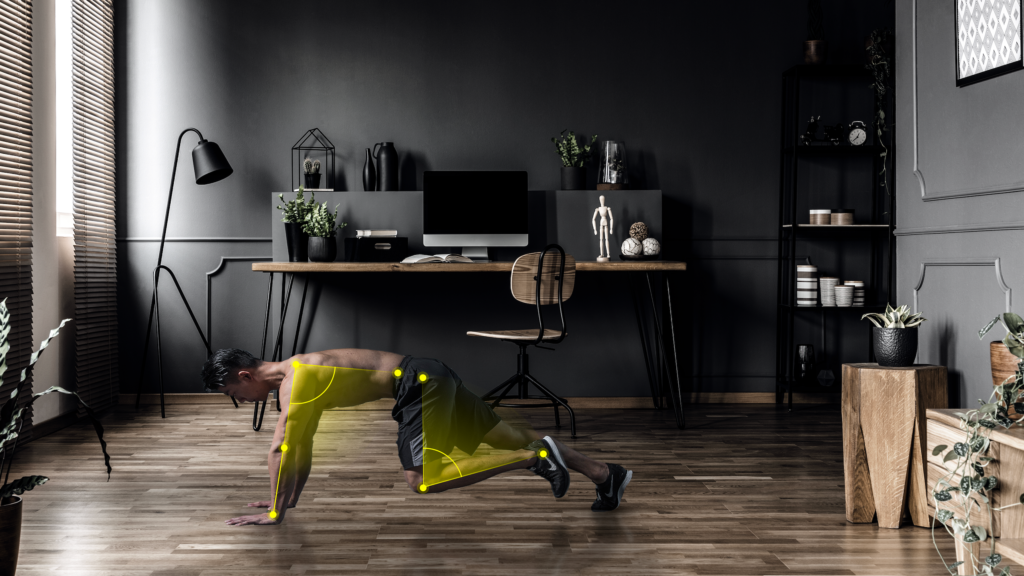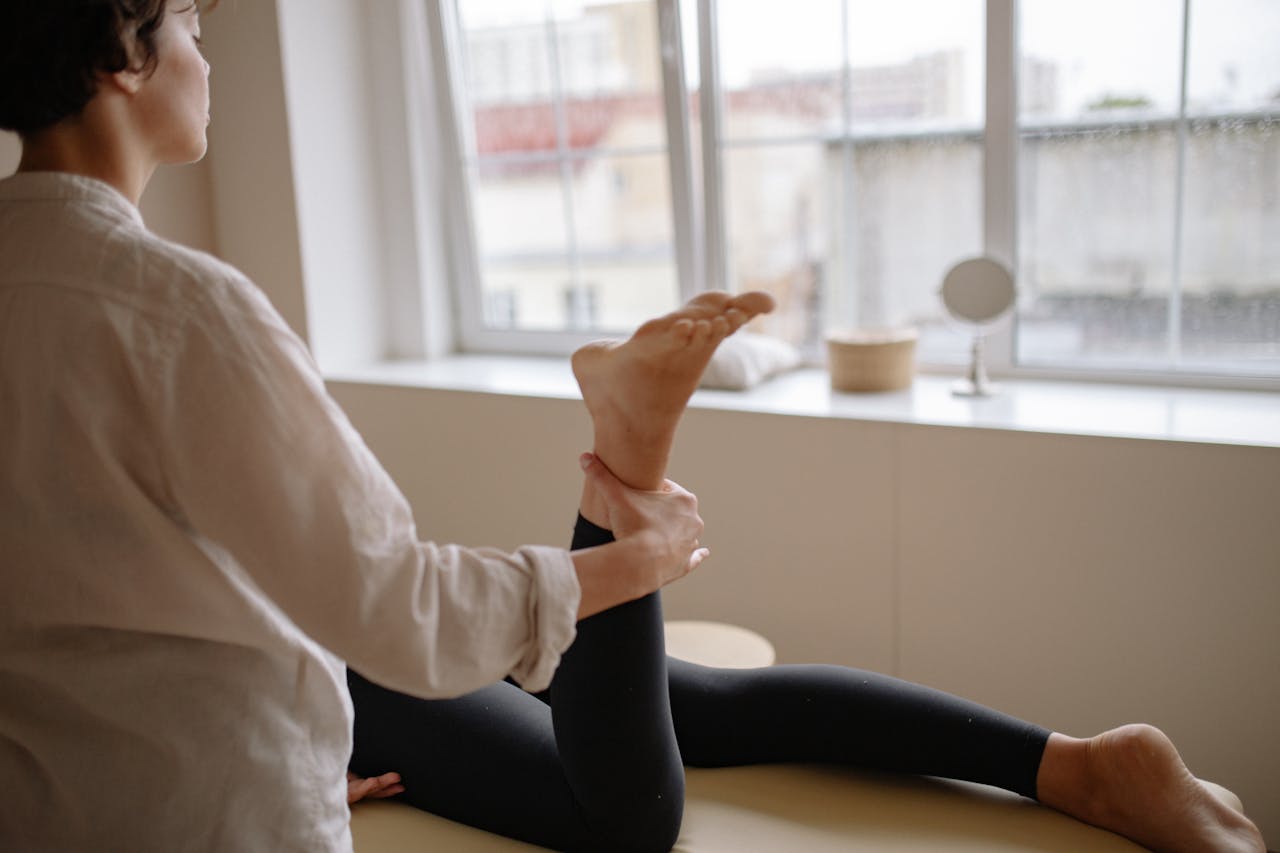THE IMPORTANCE OF REAL_TIME FEEDBACK WHILE WORKING OUT
Ever notice how the best athletes in the world have a team of people around them? Coaches, physiotherapists, psychologists, and other support staff? This is because it gives the athlete the quickest and best possible feedback to help them improve.
In this article we’re going to be looking at the importance of feedback whilst working out, covering how feedback improves technique, reduces risk of injury and improves the effectiveness of your training.
Feedback Helps You to Improve Technique and Learn Faster
Imagine that you’ve decided to learn the hammer throw, with the aim of one day competing.
Do you think you would learn faster or slower with a coach? The answer is faster, right? (Porte et al. 2007)
And how about if they were the best coach in the world? The answer is faster still.
Because when you have a coach watching you train they’re able to provide instant feedback that you can immediately use to make changes to your technique and perform better.
The same exact logic applies to any form of feedback. Receiving information on how you’re doing allows you to make changes for the better, which speeds up your learning (Tzetsis et al. 2008)
What’s more, this feedback also boosts your confidence, which leads to better practice and more enjoyment of the training process.
Plus, if those benefits weren’t important enough, higher confidence and enjoyment delivered through good feedback actually leads to higher levels of adherence to exercise, and longer term commitment to training.

Feedback Whilst Training Reduces Your Risk of Injury
Want to know something interesting about injuries during exercise? Most of the time they’re not caused by one huge accident or error. The majority of injuries are actually caused by repeating small faults over and over again for a long period of time.
A single deadlift with a rounded back probably won’t do you any harm, but doing it every week for a few months probably will.
Squatting with your knees caving in (knee valgus) probably won’t do you any harm in a single session, but performing all your squats like that for a couple of months probably will.
This is one of the biggest reasons why feedback whilst working out is so important. Having the ability to review your technique and make corrections allows you to safely perform your exercises and minimize the risk of injury. (Myer et al. 2013)
In practice, getting this feedback might mean having a coach look over your technique for you, or it could mean taking videos of your exercises and comparing against technical models you’ve read in books or watched online. Another great option is to use technology such as Kemtai, which analyses your exercises for you, providing real-time feedback.
Training Feedback Improves the Effectiveness Of Your Workout
The old saying goes that ‘practice makes perfect’.
The old saying is wrong.
When it comes to learning new skills and movements, ‘practice makes permanent,’ and unfortunately if you’re doing something incorrectly it doesn’t matter how much you practice, you’re never going to see the improvements that you want.
Here are three examples to show exactly what this looks like in action…
Press-Ups
If you’re performing all your press ups with only half the complete range of motion, and your elbows completely pointed out to the sides, you won’t be getting anywhere near as strong as you could be. You’ll also be letting your shoulders do loads more of the work when it should be a chest-dominant movement.
By keeping your hands directly under your shoulders, your elbows at 45 degrees to your body and using a full range of motion you’re massively increasing the effectiveness of the exercise.
Squats
Similarly, if you’re performing all your squats with a really wide stance and sitting back, you might sort of be working your glutes and adductors, but you’ll be completely missing your quads, which are the main leg muscle that should be leading the movement. By taking a shoulder width stance and sitting down rather than back, you’ll see way more benefits from the movement.
Planks
This really popular core exercise is often performed completely incorrectly with a massive arch in the lower back. This error completely defeats the entire purpose of the exercise, which is to resist extension of the hips and back. So when someone says that they can easily hold a plank for 2+ minutes, there’s a good chance that their form isn’t great.
Instead, planks should be performed with the body in a perfectly straight line with the abs tight and the glutes squeezed. There should be no extension at all in the lower back if you want to make the exercise actually effective!
This is where the importance of feedback whilst working out really shows. Feedback allows you to adjust the way that you perform your exercises so that you can make them as effective as possible (or make them effective at all in some cases). Without feedback you could end up wasting hours of time every single week for months upon months, not achieving the results that you want.
The Importance of Feedback Summary
If you’ve read the whole article, then you now know that there are three major benefits to using feedback in your workouts.
- You learn better technique and you learn it faster
- You reduce your injury risk by performing exercises correctly
- You increase the effectiveness of your training
So if you’re still exercising on your own without a coach or any supporting technology, you’re setting yourself up for slower learning, higher injury risk and poorer results.
Which means the TLDR (Too Long Didn’t Read) is…
“Make the change, implement some form of regular feedback into your workouts and improve your results.”
References
Myer, G. D., Stroube, B. W., DiCesare, C. A., Brent, J. L., Ford, K. R., Heidt, R. S., & Hewett, T. E. (2013). Augmented Feedback Supports Skill Transfer and Reduces High-Risk Injury Landing Mechanics: A Double-Blind, Randomized Controlled Laboratory Study. The American Journal of Sports Medicine, 41(3), 669–677.
Porte, M. C., Xeroulis, G., Reznick, R. K., & Dubrowski, A. (2007). Verbal feedback from an expert is more effective than self-accessed feedback about motion efficiency in learning new surgical skills. American journal of surgery, 193(1), 105–110.
Tzetzis, G., Votsis, E., & Kourtessis, T. (2008). The effect of different corrective feedback methods on the outcome and self-confidence of young athletes. Journal of sports science & medicine, 7(3), 371–378.

 6 min reading
6 min reading


